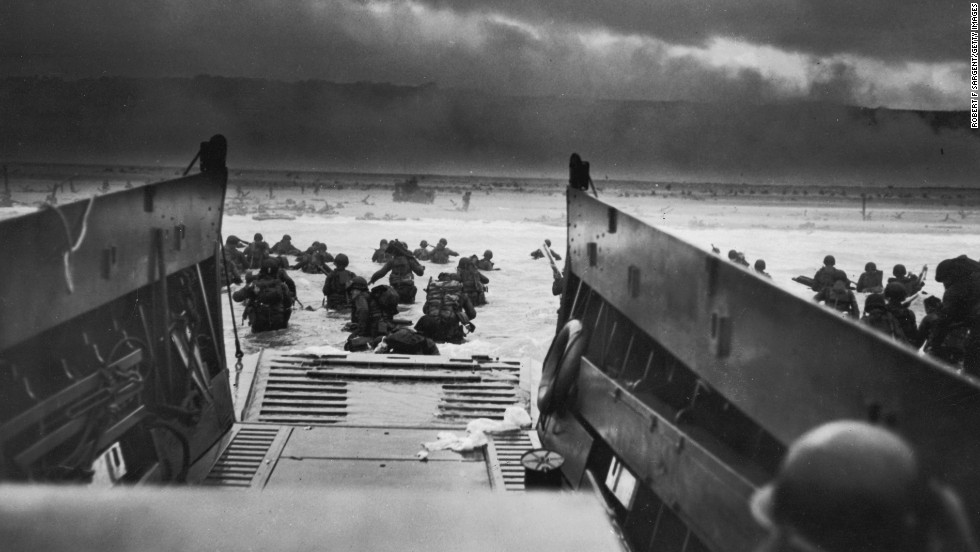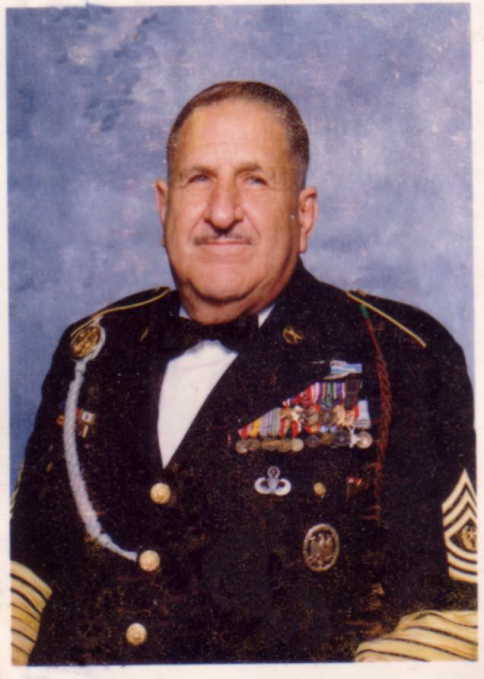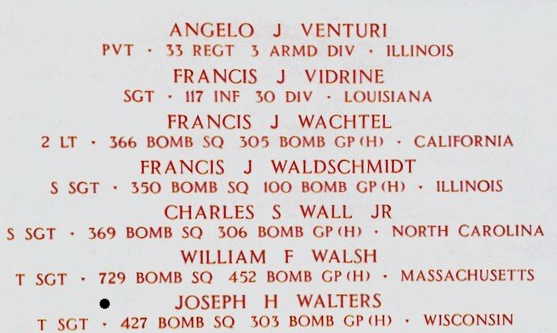75th Anniversary of D-Day

Today – June 5, 2019 – marks the 75th anniversary of the departure of the Allied Forces (American, British, and Canadian) from the shores of England for what would become known as D-Day as they stormed the beaches of Normandy on June 6, 1944 during World War II. As the world’s leaders mark this solemn anniversary of D-Day, it’s good to remember those from the Vidrine Family who courageously contributed to the victory over the Nazi Germans and the world’s freedom.
No soldiers from the Vidrine Family are known to be among the nearly 10,000 Allied causalities on the beaches of Normandy on June 6, 1944. However, there are at least two Vidrines who were part of the Allied Forces landing on Omaha Beach on D-Day:

George Albert Vidrine, Sr. (1924-2004) was the son of George Alva Vidrine and Juanita Audler. He was only 15 when he joined the 36th Division of the Texas National Guard in 1939. He was in 10th grade when he left school to begin Army training at Camp Bowie, Texas. The division was shipped to North Africa in the summer of 1942. He later trained in England and served with a tank battalion in the Allied invasion of Europe, landing on Omaha Beach on June 6, 1944. When the war in Europe ended, Vidrine was discharged as a Technical Sergeant. He returned to Texas, finished high school, attended college and got married. He went on to serve in Korea, Vietnam and in Europe once again, retiring as a Command Sargeant Major in the Army with a decorated career of service. You can read more about George Albert Vidrine on this page.
Another known paratrooper in the invasion of Normandy was Cleveland A Vidrine (1923-1988), son of Avit Pierre Vidrine and Lydia LaFleur who also survived the landing on D-Day. A bullet penetrated his helmet through and through, just missing his head. It is said he was never the same after that. His family says that he wouldn’t say much to anyone and that he never married and had no children.

While there are no known casualties from the Vidrine Family on D-Day, Allies failed to achieve all of their goals on the first day as several key cities remained in Nazi German hands. Several related battles ensued, and in the Battle of Martain, an Allied counter-offensive against a Nazi German counter-attack they named Operation Liége, the life of Francis Joseph Vidrine(son of Elfred Vidrine and Elizabeth Dupre) was claimed. He was born in 1921 in Washington, LA and died on August 7, 1944 in Brittany, France as a Sergeant in the U.S. Army, 117th Infantry Regiment, 30th Infantry. His name appears on the Division Tablets of the Missing at Brittany American Cemetery.
The 30th Infantry Division, activated on September 16, 1940, was nicknamed the “Old Hickory” division, in honor of President Andrew Jackson. After the U.S. officially entered World War II, the 30th Infantry Division arrived in England on February 22, 1944, and trained until June when they landed at Omaha Beach, Normandy, France on June 11, 1944, five days after the D-Day Landings had begun. The 30th crossed the Vire River on July 7 and spearheaded the St. Lo breakthrough beginning the 25th. The 30th Division relieved the 1st Infantry Division near Mortain on August 6. Francis Joseph Vidrine was killed the next day in the intense fighting with the Germans. Although American casualties in Operation Lüttich were significantly lighter than in previous operations, some sectors of the front, especially the positions held by the 30th Division around Mortain, suffered severe casualties. By the end of August 7 alone, nearly 1,000 men of the 30th Division had been killed – and among them – Francis Joseph Vidrine.
May the souls of those who perished fighting to conquer the evil of the Nazis rest in peace. And may we always remember their heroic struggle.
For more details about the Army 117th Infantry Regiment of the 30th Infantry Division in the Battle of Martain, see these links:
http://www.jimwerbaneth.com/online_features/mortain.html
